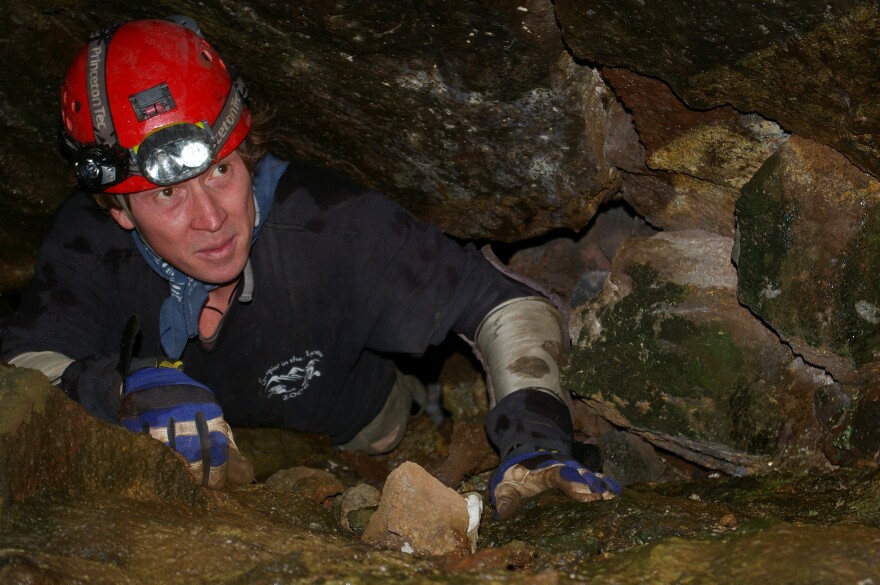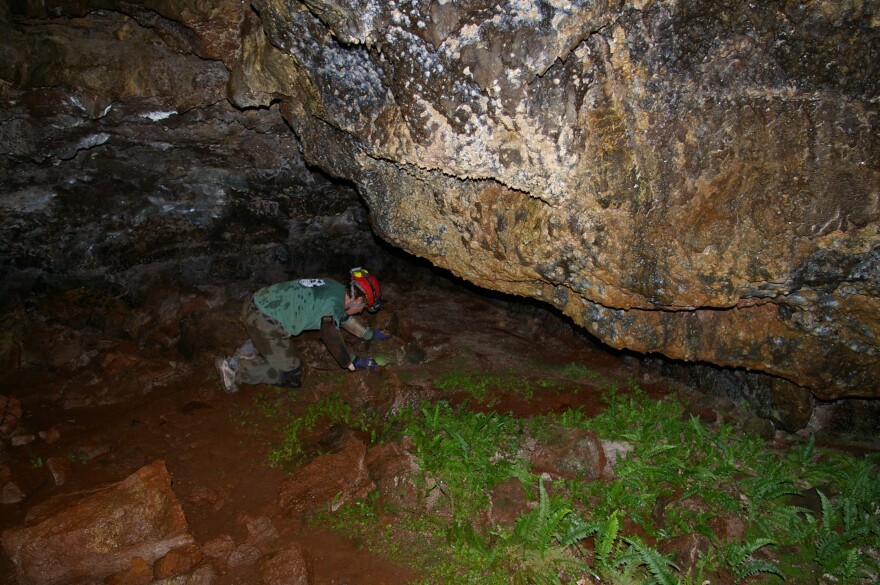Rollie-polies, book lice and bugs called springtails are among the 10 newly discovered insects that live only on the remote Easter Island in the Pacific Ocean. Northern Arizona University Ecologist Jut Wynne and his colleagues found eight of these creatures. They're eking out an existence in the limited entrances and skylights of caves.
“The reason why they’re able to occur there is because where the light is able to penetrate into the cave photosynthesis can occur. It turned out they were restricted to caves because they were occurring within these lush fern and moss gardens, which we believe were probably once quite common on the surface, but when that catastrophic ecological shift occurred, that particular habitat was no longer available, or at least no longer available to the extent that it once was,” Wynne says.

Wynne says that major environmental change began on Easter Island soon after humans arrived there around 800 A.D. They cut large amounts of palm trees and shrubs to build houses and boats. That, along with a major drought, may have contributed to much of the island becoming a grassland. And many animals and plants became extinct. Now, only 31 insect species that evolved on the island remain.

“The reason why this is significant is there are over 400 arthropod species known to occur on Easter Island today. Ninety-five percent of those were introduced, either intentionally or unintentionally by humans. Five percent are endemic to the island. So you basically have an island that is overrun with non-native, invasive insect species,” Wynne says.
Wynne recommends a conservation plan for Easter Island. He believes temporarily closing the caves, or at least roping off the moss-fern gardens, will help protect the remaining native bugs from going extinct.
Click below to see a 2015 video presentation given by Wynne to the Explorers Club in New York on his Easter Island work: https://www.youtube.com/watch?v=pS2TCX9bUmU" style="line-height: 1.5;">










